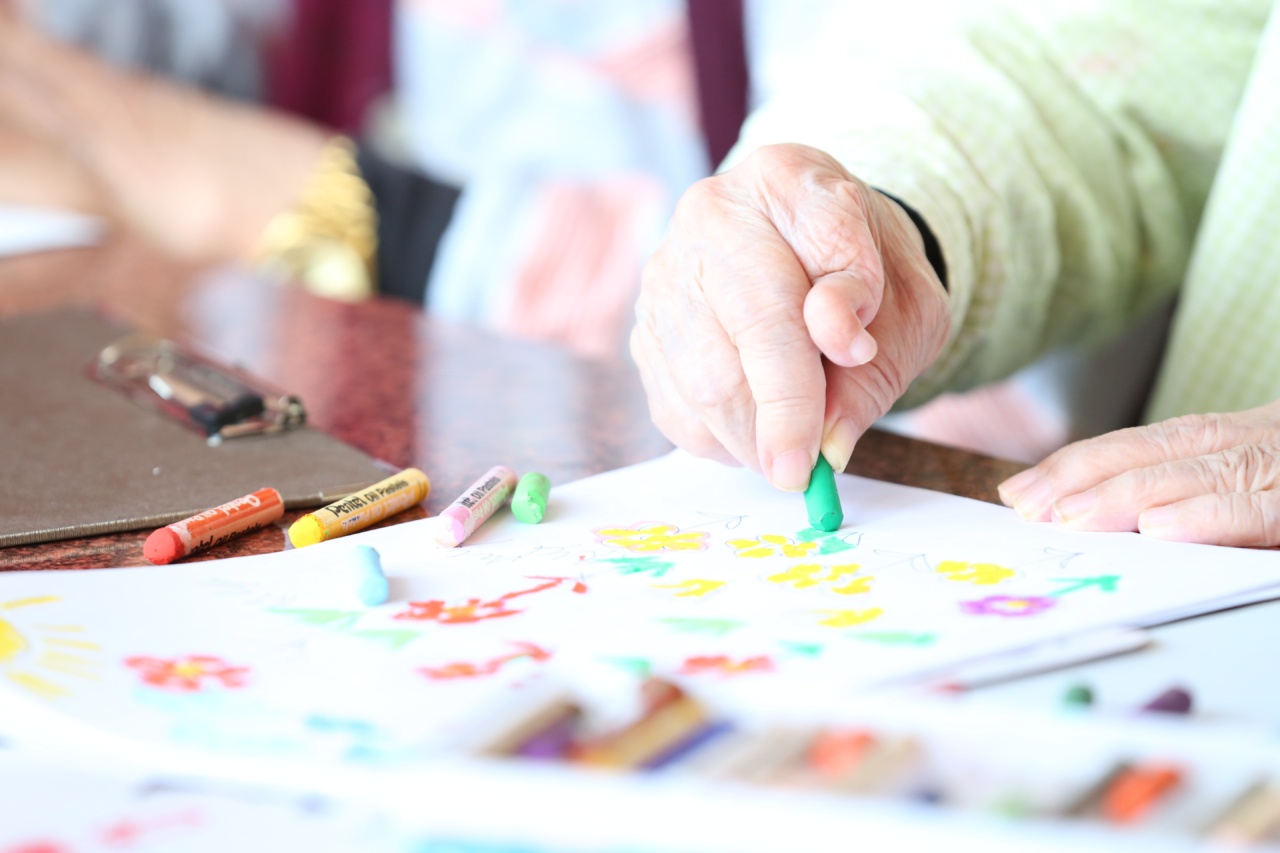Joint pain is a common complaint among the elderly, affecting their quality of life. This condition can be debilitating, limiting mobility, and causing chronic discomfort.
Causes of Joint Pain in the Elderly
There are various factors that cause joint pain in the elderly. Some of these causes include:.
1. Osteoarthritis
Osteoarthritis is the most common cause of joint pain in the elderly. It is a degenerative joint disease that can affect any joint in the body, but commonly affects the knees, hips, hands, and spine.
It is caused by the wear and tear of the cartilage that cushions the joints.
2. Rheumatoid arthritis
Rheumatoid arthritis is an autoimmune disorder that occurs when the immune system attacks the lining of the joints, causing inflammation and pain. It commonly affects the hands, feet, and wrists of the elderly.
3. Gout
Gout is a type of arthritis that causes sudden and severe pain, swelling, and redness of the joints. It is caused by the buildup of uric acid crystals in the joints.
4. Bursitis
Bursitis is inflammation of the bursae, small sacs filled with fluid that cushion the joints. It commonly affects the hips, shoulders, and elbows.
5. Tendinitis
Tendinitis is inflammation of the tendons, the fibrous tissue that connects muscles to bones. It commonly affects the shoulders, elbows, wrists, and knees.
6. Old injuries
Old injuries can lead to joint pain in the elderly as the cartilage and tissues around the joint degenerate over time.
7. Obesity
Obesity can put undue strain on the joints, leading to joint pain.
Treatments for Joint Pain in the Elderly
The treatment of joint pain in the elderly depends on the underlying cause. Some of the treatments available include:.
1. Medications
Medications such as nonsteroidal anti-inflammatory drugs (NSAIDs), corticosteroids, and opioids can help relieve joint pain. These medications should be taken under a doctor’s supervision to avoid any potential side effects.
2. Physical therapy
Physical therapy can help improve joint mobility and relieve joint pain by strengthening the muscles around the joint and improving flexibility.
3. Weight management
Weight management is recommended to reduce the strain on the joints. A healthy diet and regular exercise can help achieve a healthy weight, which can alleviate joint pain.
4. Surgery
In severe cases, surgery may be recommended to replace damaged joints, such as hip or knee replacement surgery.
5. Alternative therapies
Alternative therapies such as acupuncture and massage may help relieve joint pain. However, these therapies should be used cautiously and under a doctor’s supervision.
Prevention of Joint Pain in the Elderly
Prevention of joint pain in the elderly is possible by adopting healthy habits, including:.
1. Regular exercise
Regular exercise can help improve joint mobility and maintain healthy joints.
2. Eating a healthy diet
A healthy diet can help maintain a healthy weight, reducing the strain on the joints.
3. Avoiding injury
Avoiding injuries by taking precautions during physical activities and wearing appropriate safety gear can prevent joint pain in the elderly.
4. Seeking prompt treatment
Seeking prompt treatment for joint pain can prevent the condition from worsening and leading to permanent joint damage.






























